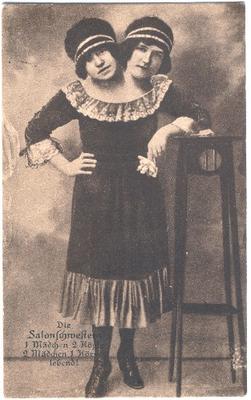In its pre-WWII heyday, Coney Island wasn’t just an amusement park but also a grand social experiment that was an assault on propriety and a raffish and often outrageous laboratory for urbanism and science (babies were incubated and elephants electrocuted). An excerpt from John E. Kasson’s 1978 book, Amusing the Million:
“Beginning with the various sideshows and exhibits along Coney Island’s main promenade, the Bowery, the tourists entered into this carnival world. As in traditional carnivals and fairs, the grotesque was prominently represented symbolizing the exaggerated and excessive character of Coney Island as a whole. Midgets, giants, fat ladies and ape-men were both stigmatized and honored as freaks. They fascinated spectators in the way they displayed themselves openly as exceptions of the rules of the conventional world. Their grotesque presence heightened the visitors’ sense that they had penetrated a marvelous realm of transformation, subject to laws all its own. The popular, distorting mirrors furnished the illusion that the spectators themselves had become freaks. Thus Coney Island seemed charged with a magical power to transmute customary appearances into fluid new possibilities.”
Tags: John E. Kasson

